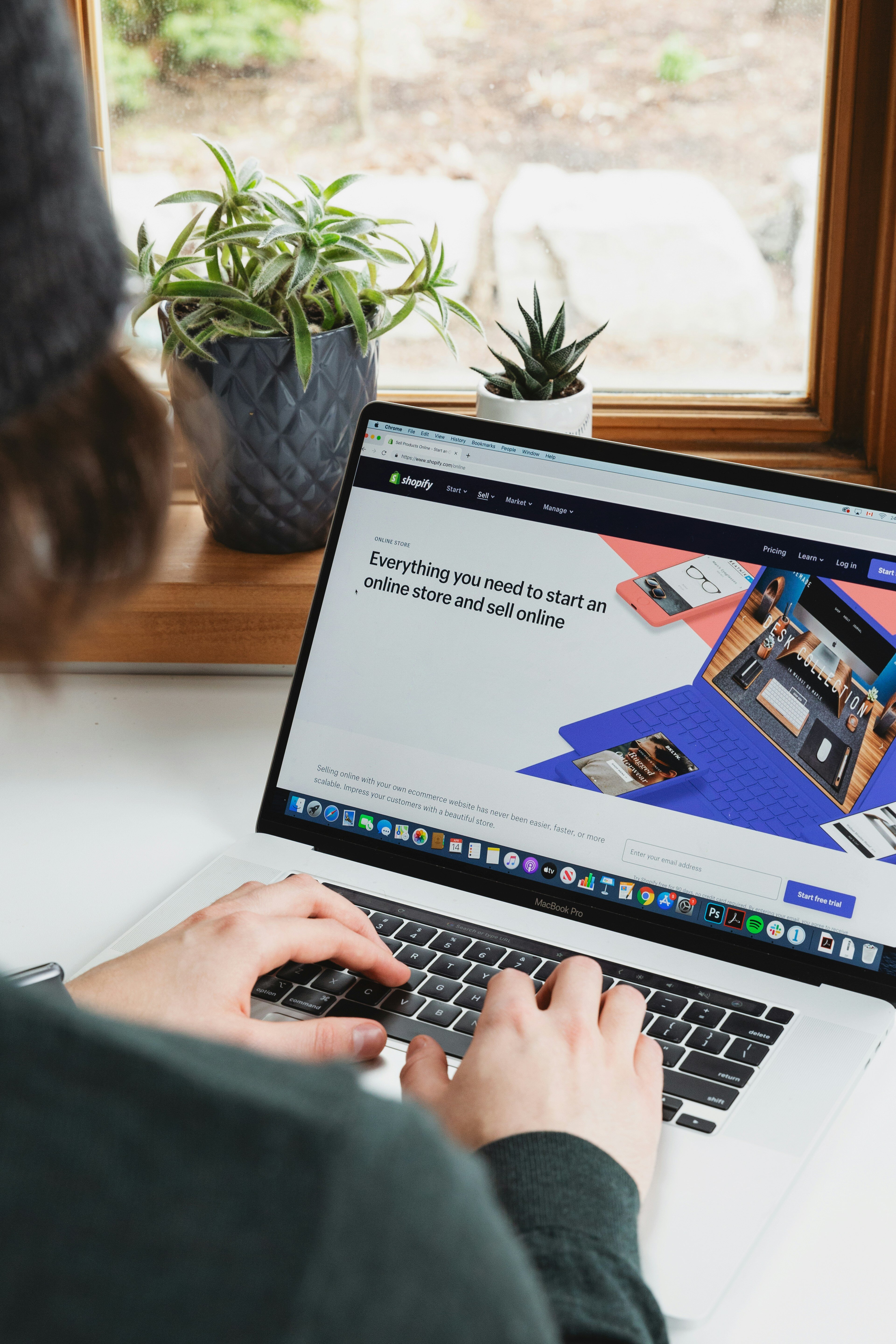One of the biggest challenges for any eCommerce brand is online visibility. With a flood of options (and competition for Google’s front page getting stronger every year), staying ahead of Google SEO and Google Search strategies can make or break online retailers.
To help eCommerce sites fully leverage Google search, increase brand awareness, and capture customers at every stage of their journey, Google has dropped their latest guidelines and best practices for eCommerce sites.
Let’s dive into the latest update…
The 6 Google Surfaces
In Google’s new best practices guidelines, they outline the 6 main surfaces your content can appear:
- Google Search
- Google Images
- Google Lens
- Google Shopping tab
- Google My Business
- Google Maps
Each surface features unique challenges & growth potential, but Google is making one thing clear: content is king. Here are a few examples of site content that could help you reach potential customers according to Google:
- Your Company Story: Here’s your chance to highlight your companies journey, pass along your unique selling proposition, and give customers a glimpse into your company culture.
- Special Offers: Running special offers for the holidays or offering discounts to new customers? Bring them to your digital door by highlighting these sales on all Google surfaces.
- Review: Product and company reviews run the online world. Positive word of mouth and a healthy dose of social proof can be the difference between a high and low-performing product.
- Education Opportunities: Webinars have been everywhere in 2020 and 2021 for one simple reason, they work. Use Google surfaces to promote your educational offerings and help establish your company as an industry thought leader.
- Live Streams: Live streams are for more than major events. They are also a great way to engage customers, showcase new products, offer demos, and host Q&A sessions with your experts.
Find a complete list of Google’s content recommendations here.
Structured Data, URL Structure, and Site Structures
Google is always busy crawling and indexing your site to help their algorithm (and your customers) better understand your data. To improve accuracy and site performance, Google recommends using structured data (standardized machine-readable format) to provide information about a page. Get a full breakdown of eCommerce structured data types here.
Your URL: More Than a Destination
Your URL is more than your online address. According to Google, “Well-designed URLs can help Google more efficiently locate and retrieve web pages on your eCommerce site.” In Google’s updated Best Practices, you’ll find considerable advice to make your site Google friendly, as well as a few general URL recommendations, such as:
- Minimize the number of alternative URLs
- Convert all text to the same case so it is easier for Google to determine that URLs reference the same page.
- Make sure each page in paginated results has a unique URL. (Google sees the most URL mistakes in pagination URL structures)
- Add descriptive words in URL paths. The words in URLs may help Google better understand the page.
Leaving no stone unturned, Google also offers some best practices for eCommerce site structures. They suggest all pages on your site are reachable by following links in your site’s navigation. Adding category and sub-category pages to product and navigation options also increases Google’s ability to find relevant content and deliver it to customers. Find a full list of site and URL structures from Google here.
Need help from the experts?
At Finch, our experts live and breathe eCommerce…and we love to chat about it. Reach out to us with any questions or get some expert advice on what steps you can take to increase site visibility and grow your eCommerce brand.






